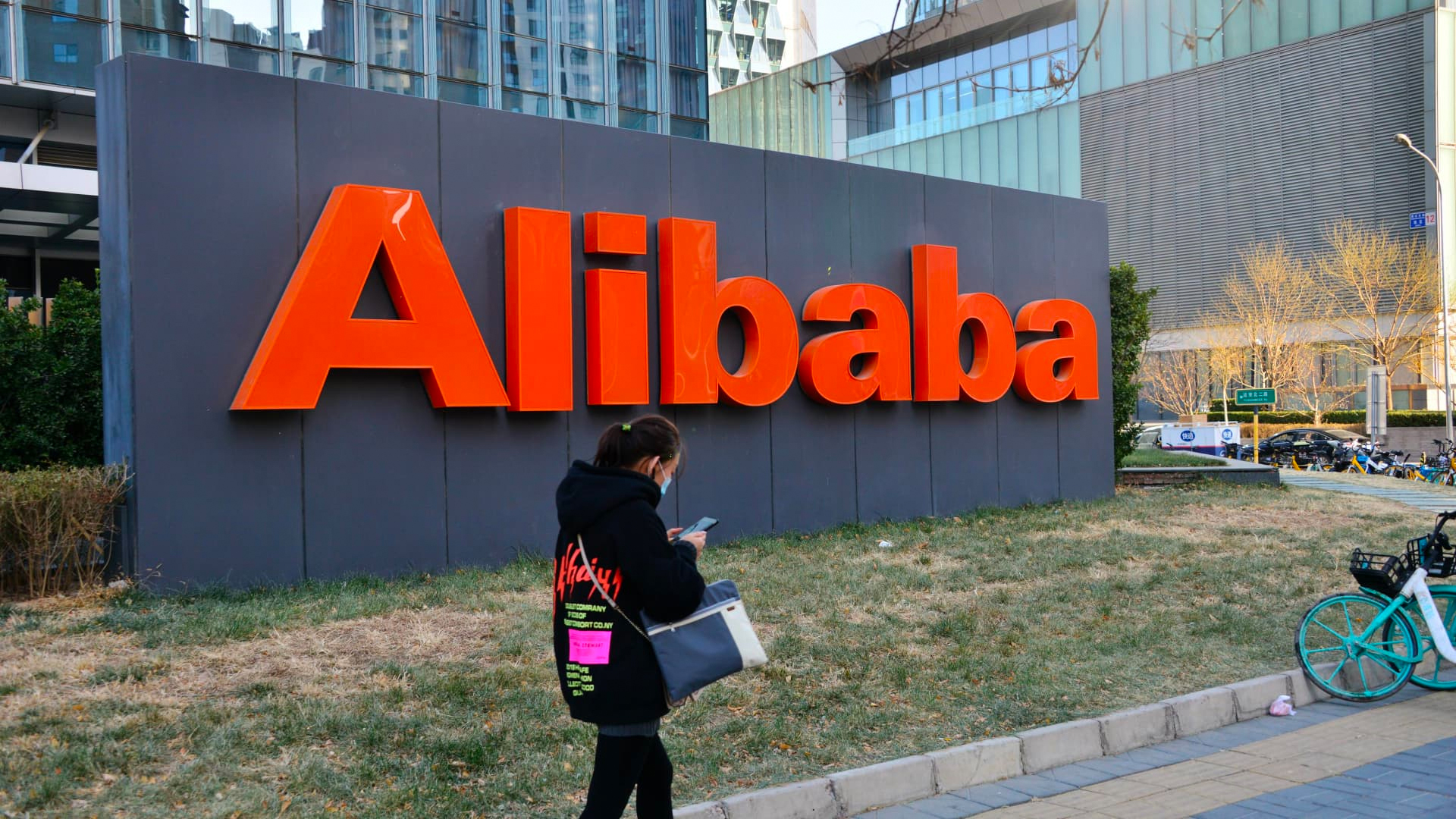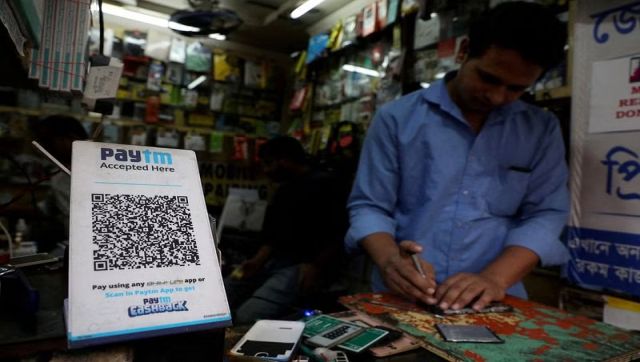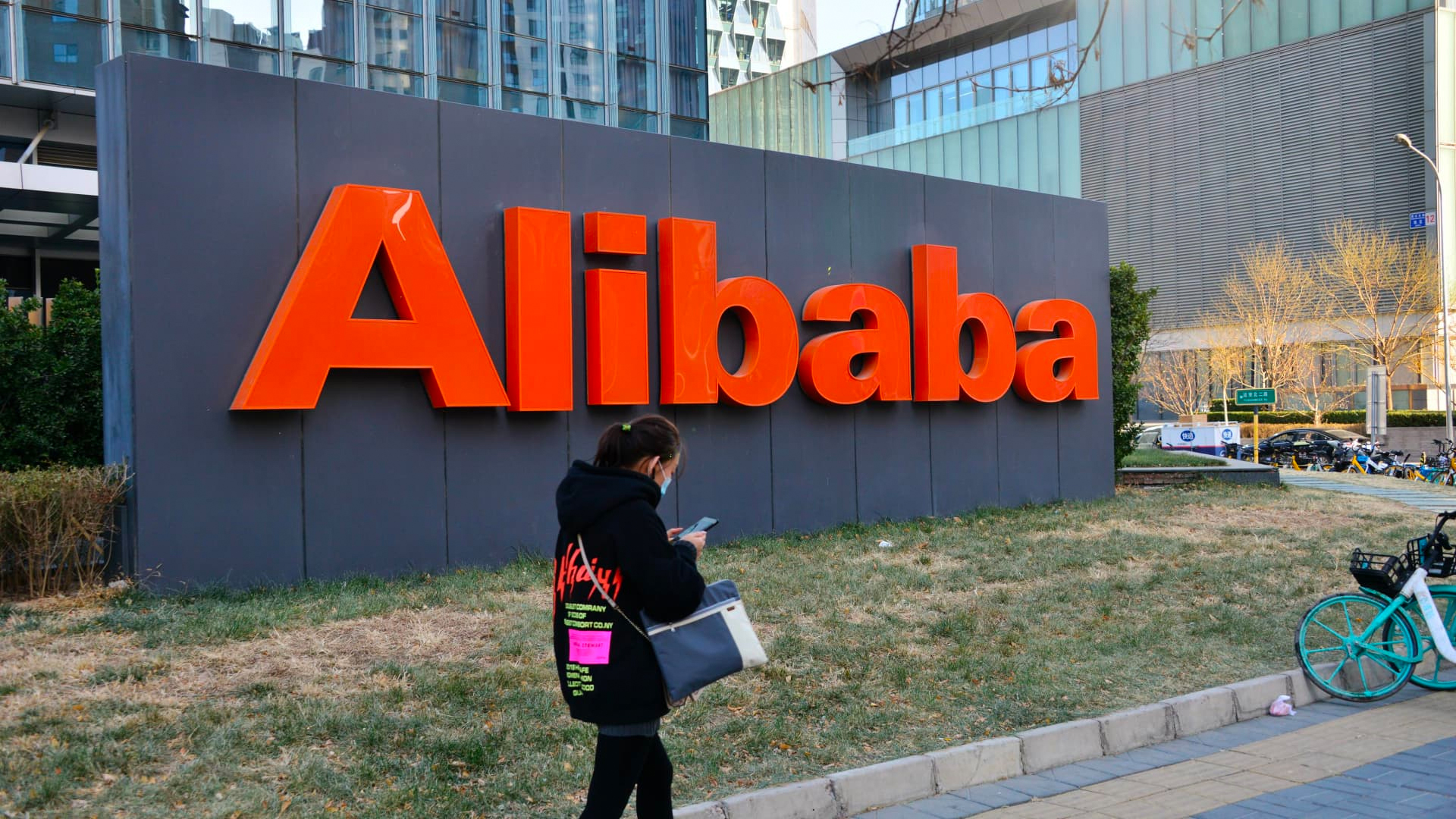China’s popular e-commerce site Alibaba has managed to grab eyeballs and billions of dollars, yet again. On its 11.11 Singles’ Day sale, the company managed to get a voluminous $9.3 billion sales figure with 278 million orders shipped in 24 hours. The figure is a significant rise from 150 million orders shipped last year, which again was a massive improvement from a year ago. It has shown exponential growth in sales and traffic over the past six years.
The day is comparable to the US’ Cyber Monday and generates a lot of attention and traffic for Alibaba, but the e-commerce site did hold the fort well with contingency plans in hand that ensured the traffic didn’t crash the site. These contingency plans have been evolving over the years and are now more sophisticated. Alibaba has moved way ahead from the older plans like making the images black and white in case the site started failing.
Lately Alibaba has been creating ripples in the tech world for not only launching the biggest IPO, but is better known for building an e-commerce network in a developing nation and making it a lifestyle statement for Chinese consumers.
In various aspects, China and India are quite similar, and we could easily have our own Alibaba in the making. It could be Flipkart or Snapdeal or anyone in between.
Over the years, the e-commerce industry in India has grown by manifolds. In fact, a Gartner report has recently disclosed that it is the fastest growing market in Asia-Pacific, and one can expect $6 billion goods to be sold in 2015 and about a 70 percent spike in the revenue this year.
This is quite evident as India’s biggest e-retailer, Flipkart, has managed to raise $1 billion in funds earlier this year. Snapdeal and Amazon India soon followed in with $1 and $2 billion funding respectively.
India’s sales figures could be really meager compared to Alibaba alone, but it has been changing. Now, Alibaba controls almost 85 percent of its e-commerce sales in China and records larger figures like the most recent ‘$9.4 billion in 24 hours’. However, it should be noted that Flipkart’s market share wasn’t even five percent last year and now it sells well over $1 billion worth goods.
The growing Internet penetration and wider acceptability of online good purchasing means Flipkart, Snapdeal and the others have the potential of becoming the Alibaba of India. However, there seems to be a lot to learn.
To begin with, one of the biggest hurdles is Internet penetration. Just like China, India also has a huge population. We’ve slowly shed off the usual norm of touch and feel before buying a product and are now more open to online transactions. With only 19 percent of Internet penetration so far and most people being introduced to Internet via mobile, e-commerce sites could reach out to its users by sprucing up its mobile services. Now, Internet adoption in China has been faster compared to India, which has helped Alibaba reach to great heights. However, it has been fairly decent in India too.
Talking about mobile Internet, Internet And Mobile Association of India (IAMAI) claims that mobile Internet users are expected to grow to 519 million by 2018 compared to 190 million mobile Internet users that stood at the end of June. According to Forbes , “The new government, led by Narendra Modi, should give a nudge to the central bank to ease financial and payment regulations, as well as lead a push to expand internet infrastructure.” India e-commerce industry could tap into this increasing number of Internet users, just like Alibaba did. Moreover, it should be noted that India and China have similar kind of customers, purchasing level and distributor network too. China has about 46 percent of its population online, so this gives India e-stores a lot of space to grow.
While we are learning the tricks of the trade, it still seems a long way to go. For instance, these days there is an online sale for every occasion, be it Diwali, Dussehra, monsoon or even a special 12-12-12 date that appears once in 89 years on your calendar. From heavy discounts to huge traffic, we have it all. But, the sites often leave us with a bitter-sweet taste with frequent crashes and other shipping malfunctions .
One of the crucial lessons that everyone has to learn from Alibaba is creating opportunities for others, which in turn helps one grow. One of the reason for Alibaba’s 11.11 success was it doesn’t hold inventory and or deliver goods itself. In fact, Alibaba is a link between merchants, customers, and logistics firms that helps it achieve the large sales numbers.
It is quite crucial to reach the small towns and traditional businesses in India to grow. In fact, Flipkart has already taken the first step with the Flipkart Kaarigar Ka Dwaar. It has teamed up with the Textiles Ministry to provide an online marketing platform to handloom weavers across the country.
This approach will help companies connect remote, small towns and traditional businesses to the India’s e-commerce space. This will also end the animosity that seems to have risen between traditional businesses and online stores. This also means creating more opportunities and building an all new class of entrepreneurs who will then help pave way for others.
We already have a considerable number of traditional businesses that are ready for the change and all set to go online. Quartz India points out that the furniture industry known for standalone shops and carpenters is almost being disrupted as a horde of online furniture sellers have surfaced with ‘a new business model for an industry that is bound to grow as India’s middle-class widens and spending rises.’ Today, we have popular e-stores like Pepperfry, Urban Ladder and Fab Furnish, which were founded mere two years ago.
Considering the large number of traditional businesses in India, connecting small towns and local businesses could work wonders here, just like in China. This could help connect millions of SMEs that would eventually bring opportunities and elevate the living standards in rural India, points out the Forbes report. The India e-commerce industry also needs to work on better contingency plans and learn from their past mistakes as well as the mistakes by others, just as Jack Ma did. Aibaba’s technology department stands guard even before the sale starts to ensure a smooth user shopping experience.
Another key factor that India’s e-commerce industry needs to learn from Alibaba is building financial services for its merchants that will help them trust the company. Alibaba has built AliPay , its own payments system. It was created in 2004 to help avoid online frauds with an escrow system that holds the payment until the product reaches the consumer and they know it is real.
This was very critical as it helped people trust in the Alibaba ecosystem and made them more confident about making online purchases. Alibaba just didn’t stop there, it went ahead and spruced up AliPay with new financial services like a mobile payment app, and a private bank that has been approved by the Chinese government. AliPay also lends money to help small businesses come online and a money-market fund that lets users invest cash in their AliPay accounts.
Alibaba has almost dwarfed its US-based counterparts like Amazon and eBay. In fact, it is known to make more profit than both the e-commerce sites put together. It also earns revenue from annual fees, commissions and advertisements.
In India, the e-commerce industry could find similar resources and it all depends on how they are utilised. To sum it up, it’s a mix of technological advancements, creating opportunities and building trust that helps build an empire.


)




)
)
)
)
)
)